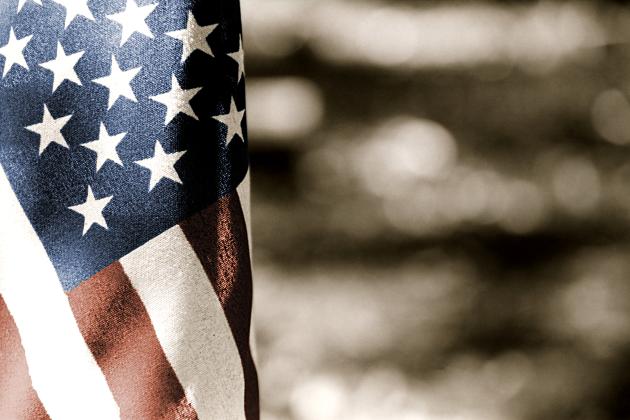- Politics, Institutions, and Public Opinion
- State & Local
- California
The calendar year is about to end. What have we learned about California?
In political terms the rich got richer and the poor a whole lot poorer.
Fiscally 2016 was a win for the status quo. Governor Jerry Brown signed a $167 billion budget that didn’t contain a dime in so-called blue-pencil reductions to individual spending items. The last time that occurred was in 1982 (the governor then was some dude named Jerry Brown).
A couple of months later in 2016 Brown signed into law sweeping legislation requiring California to slash greenhouse gas emissions by the year 2030. Bold? Yes, but not as revolutionary as it sounds, as it builds on a law signed by then-governor Arnold Schwarzenegger over a decade ago.
One could argue that the November election was more of the same old same old:
- Hillary Clinton lost the national electoral vote, but in perma-blue California she carried the state by a wider margin than the more popular Barack Obama. Donald Trump’s 4.3 million-vote shortfall in California more than accounts for his smaller deficit nationwide.
- Democrats achieved two-thirds supermajorities in both chambers of the State Legislature. Raising taxes and passing constitutional amendments by party-line votes will be a distinct possibility in 2017 and beyond, though a cadre of moderate Democrats in the State Assembly may think otherwise.
- On the initiative front voters tilted left by extending higher taxes on higher-end earners (Proposition 55), slapping a $2 tax on cigarette packs (Prop. 56), approving billions in school bonds (Prop. 51), legalizing recreational marijuana (Prop. 64), signing off on more firearms restrictions (Prop. 63), and reinstating bilingual education in public schools (Prop. 58).
- Not that it was an entirely southpaw mentality. California voters did have their right-of-center moments: most notably rejecting yet another initiative run at repealing the state’s death penalty (Proposition 62) and voting down a measure that would have controlled state drug prices (Prop. 61).
As proof that one door closes, another opens: two state lawmakers (Lieutenant Governor Gavin Newsom and state Treasurer John Chiang) announced their intentions to replace the term-limited Governor Brown, who can’t run in 2018. Watch for a musical game of chairs in Sacramento in the coming months as lawmakers sniff out opportunities for upward mobility.
Otherwise,2016 might best be remembered as the year that California set itself up for a clash with the coming Trump administration on the following lines:
- If the new president makes good on his promise to crack down on sanctuary cities, will he withhold federal funds from such cities as San Francisco and Los Angeles if they refuse to cooperate with Washington on the deportation of illegal alien criminals?
- What will be the effect on California’s climate-change agenda should the president-elect make good on promises to pull out of the Paris climate agreement, dump the Clean Power Plan for existing power plants, and deep-six other Obama environmental regulations?
- With marijuana use now legal in California, does a Trump Justice Department crack down on what’s still a Schedule I substance or turn a blind eye to the state’s leafier landscape?
We’ll further explore the California-Washington divide in the next issue of Eureka, coming early in the New Year.
Meanwhile, we look back on 2016 with the following:
- First, I have this look at why Sacramento is a lot like Washington, DC; it’s a company town, though with little in common with the nation’s capital.
- Hoover senior fellow Terry Anderson bemoans the money scramble otherwise known as the property-redistributing California Coastal Commission.
- Steven Greenhut, a senior fellow and the western region director for the R Street Institute, critiques California’s top-two primary system (which helped generate a snoozer of a US Senate race).
- Carson Bruno, formerly a Hoover Institution research fellow and now an assistant dean at the Pepperdine School of Public Policy, taking on the question of whether it’s time to reconsider California’s initiative system?
- Finally, Hoover research fellow Tammy Frisby’s astute analysis of a pre-election Golden State Poll that proved to be an accurate read of the California electorate.
We hope you enjoy this latest installment of Eureka and that it gets you thinking about where California stands and if we’re moving in the right direction.
Happy reading!
Happy New Year!
















